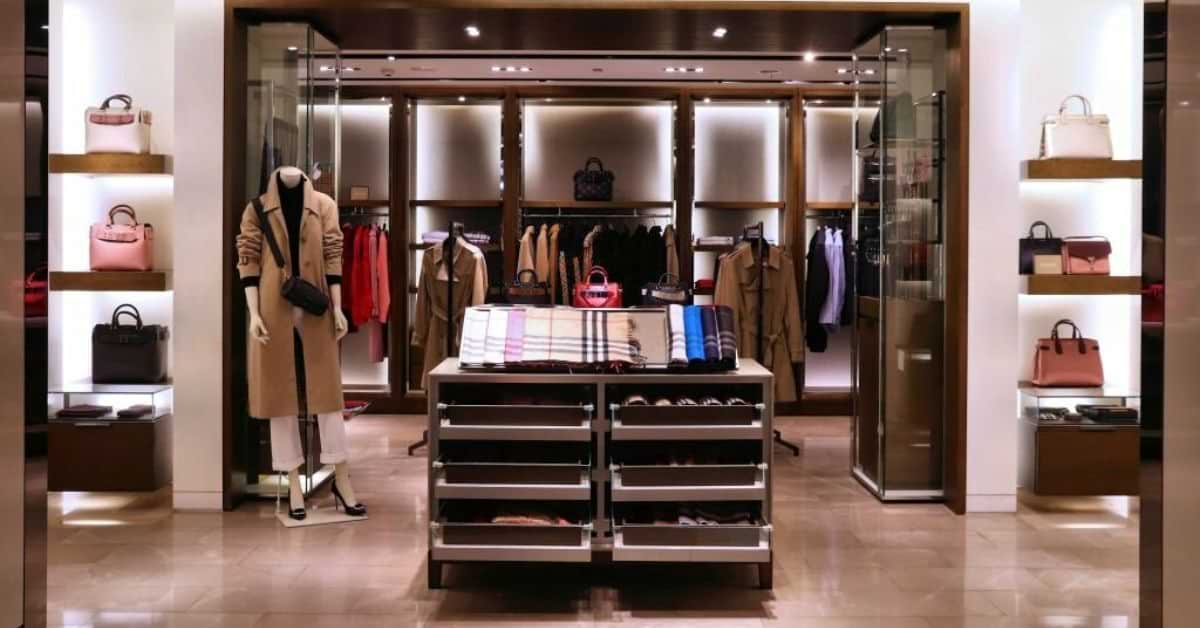Fashion for All: Inclusive and Adaptive Clothing Brands
In recent years, the fashion industry has experienced a transformative shift towards inclusivity and adaptability. The terms “inclusive fashion” and “adaptive clothing” have gained prominence, signifying a departure from traditional beauty standards and a move toward a more diverse representation of individuals in the world of fashion.
Definition of Inclusive and Adaptive Clothing
Inclusive fashion refers to a movement within the industry that embraces diversity in terms of body size, shape, age, ethnicity, and gender. It seeks to break away from the stereotypical portrayals of beauty and create a space where everyone feels represented and celebrated.
On the other hand, adaptive clothing is designed with the specific needs of individuals with disabilities in mind. This type of clothing incorporates features that make it easier for people with physical limitations to dress independently, promoting both functionality and style.
Importance of Inclusive Fashion
The importance of inclusive fashion lies in its ability to challenge and redefine societal norms. By showcasing a wide range of body types, ages, and ethnicities, the fashion industry can contribute to a more positive and accepting cultural narrative. Inclusive fashion not only boosts the self-esteem of individuals often underrepresented but also fosters a sense of belonging within the larger community.
Rise of Adaptive Clothing Brands
As awareness of the diverse needs of consumers grows, so does the demand for adaptive clothing. This surge in demand has given rise to a new wave of innovative and thoughtful designs. Adaptive clothing brands are breaking barriers, not only by creating functional garments but also by incorporating these designs seamlessly into mainstream fashion.
Inclusive Fashion Trends

Diversity in Fashion Advertising
One of the noticeable trends in inclusive fashion is the increased representation in advertising. Brands are realizing the impact of showcasing a variety of models in their campaigns. This move not only reflects the reality of their customer base but also resonates positively with a wider audience. Advertising campaigns that feature individuals from different walks of life send a powerful message that beauty is not confined to a narrow set of standards.
Representation in Runways and Campaigns
Fashion runways are gradually becoming more diverse, with designers recognizing the importance of showcasing their creations on models that reflect the real world. This shift is not just limited to high-end fashion; mainstream brands are also incorporating more diversity in their presentations. This change in representation is not merely a trend but a cultural shift towards acknowledging the beauty in all its forms.
Size and Body Positivity
The size inclusivity movement is gaining momentum, challenging the fashion industry to break away from the traditionally narrow definitions of beauty. Brands are expanding their size ranges to accommodate a broader spectrum of body shapes. Additionally, the body positivity movement encourages individuals to embrace their bodies, regardless of societal expectations. This positive shift is influencing both the design and marketing strategies of fashion brands.
Adaptive Clothing
Definition and Purpose
Adaptive clothing is designed to address the specific needs of individuals facing physical challenges. This can include those with mobility issues, dexterity limitations, or other health-related concerns. The purpose of adaptive clothing is to enhance independence by providing functional and stylish garments that are easy to put on, take off, and wear comfortably.
Target Audience
The target audience for adaptive clothing is diverse and includes individuals of all ages with varying degrees of physical abilities. This can range from seniors facing age-related mobility issues to young people with disabilities. By catering to this demographic, adaptive clothing brands contribute to a more inclusive society where everyone can participate in the fashion experience.
Innovation in Adaptive Design
Innovations in adaptive design go beyond functionality; they also prioritize aesthetics. Adaptive clothing is no longer solely about meeting specific needs; it’s about offering a wide range of stylish options. Magnetic closures, Velcro fastenings, and other adaptive features are seamlessly integrated into fashionable designs, ensuring that individuals with disabilities can express their style without compromising on comfort.
Key Players in Inclusive and Adaptive Fashion
Overview of Leading Inclusive Brands
Several fashion brands have embraced inclusivity as a core value. These brands not only offer a diverse range of sizes but also actively promote body positivity in their marketing campaigns. One notable example is Aerie, the lingerie and loungewear brand, which has gained praise for featuring models of various body shapes, sizes, and abilities in its advertising.
In the high-fashion realm, Christian Siriano has emerged as a pioneer in size inclusivity. His runway shows often feature models of all sizes, challenging the industry’s traditional standards. Such examples showcase how inclusivity is not just a marketing strategy but a fundamental shift in the ethos of fashion brands.
Spotlight on Adaptive Clothing Brands
The landscape of adaptive clothing is also evolving, with brands incorporating innovative solutions to address specific challenges faced by individuals with disabilities. Tommy Hilfiger’s adaptive clothing line is a notable example, featuring garments with magnetic closures, adjustable hems, and other adaptive elements. These designs not only cater to practical needs but also reflect current fashion trends.
In the athletic and sportswear sector, brands like Nike have introduced adaptive sneakers with easy-entry systems, making it simpler for individuals with limited dexterity to put on and take off their shoes independently. These initiatives are not only making fashion more accessible but also challenging preconceived notions about who can participate in different activities.
Sustainable and Ethical Practices
As the fashion industry grapples with its environmental impact, inclusive and adaptive fashion is also embracing sustainable and ethical practices. Brands are increasingly recognizing the importance of responsible production and sourcing of materials. This shift towards sustainability aligns with the values of inclusivity, creating a more conscientious and compassionate fashion industry.
Collaboration and Advocacy
The future of inclusive and adaptive fashion lies in collaboration and advocacy. By fostering partnerships with influencers, activists, and organizations, the industry can amplify its impact and reach. Collaborative efforts can lead to more inclusive representation in media, greater accessibility, and positive changes in societal perceptions.
Consumer Perspectives

Interviews with Individuals Benefiting from Inclusive Fashion
To understand the impact of inclusive fashion, interviews with individuals benefiting from these trends provide valuable insights. Stories of increased confidence, improved self-esteem, and a sense of belonging highlight the transformative power of fashion that celebrates diversity.
Social Media Movements and Influencers
Social media has played a pivotal role in driving awareness and acceptance of inclusive and adaptive fashion. Influencers who advocate for body positivity and showcase their personal journeys with adaptive fashion contribute to dismantling stereotypes. Hashtags such as #InclusiveFashion and #AdaptiveStyle are creating communities where individuals share their experiences and discoveries in the world of inclusive fashion.
Further Reading: The Influence of Celebrity Style on Fashion Trends
Conclusion
Inclusive and adaptive fashion is not merely a trend but a fundamental shift in the fashion industry’s ethos. The ongoing efforts to break down barriers, challenge stereotypes, and create more accessible and diverse options are reshaping the landscape of fashion.
For those interested in exploring inclusive and adaptive fashion further, you can visit Posh Garments, which one is contributing to the advancement of these important fashion movements.
As technological advancements, sustainability practices, and advocacy continue to drive this movement forward, the future holds exciting possibilities for a fashion industry that truly caters to all. As consumers, advocates, and industry stakeholders, our collective responsibility is to champion and accelerate this evolution towards a more inclusive and adaptive fashion world.

